These values inform everything we do, as established in the AMA Manual of Style, 10th Edition.
Whether you work with Peak Medical Editing or not, these are the qualities for which to look in any medical editors worth their salt.
Competence1
- Your editor should possess a general scientific knowledge of the fields covered in the publications and be skilled in the arts of writing, editing, critical assessment, negotiation, and diplomacy1
- Your editor should be familiar with the general principles of statistics1
- Any editor you hire should be able to make rational editorial decisions within a reasonable period of time, and communicate these decisions to authors in a clear and consistent manner2-7
- An editor you hire should be skilled in the art of rhetoric8 to recognize the tools of linguistic persuasion and identify and remove hyperbole, inconsistent arguments, and unsupported assertions and conclusions from manuscripts
- Your editor should also have a sense of humor,3 as a bit of humor can often avoid, or at least soften, potential conflicts between editors and authors, reviewers, owners, publishers, other stakeholders, and other editors1
Fairness1
- Your editor must be able to act impartially and honestly2,7,9
Confidentiality1
- Any editorial service working with you should maintain policies about confidentiality and ensure that all staff (editorial and production staff) are sufficiently educated about the company’s principles of confidentiality.1
- Editors must ensure that information about a submitted manuscript is not disclosed to anyone outside the editorial office2,4
Courtesy1
- Editors must deal with authors in a respectful, fair, professional, and courteous manner3,6,7
- Your editor should maintain a positive relathionship with you, the author, with a keen sense of diplomacy, tact, and empathy.1
References
Iverson C, Christiansen S, Flanagin A, et al. AMA Manual of Style: A Guide for Authors and Editors. 10th ed. New York, NY: Oxford University Press; 2007:276.
Utiger, R; for the Education Committee of the World Association of Medical Editors. A syllabus for prospective and newly appointed editors. http://www.wame.org/about/syllabus-for-prospective-and-newly-appointed. Posted October 26, 2001. Accessed January 7, 2015.
Bishop CT. How to Edit a Scientific Journal. Philadelphia, PA: ISI Press; 1984.
Council of Science Editors, Editor roles and responsibilities. In : CSE’s white paper on promoting integrity in scientific journal publications. http://www.councilscienceeditors.org/resource-library/editorial-policies/white-paper-on-publication-ethics/. March 30, 2012. Accessed January 8, 2015.
Relman AS. Publishing biomedical research: role and responsibilities. Hastings Cent Rep. May/June 1990:23-27.
Morgan P. An Insider’s Guide for Medical Authors and Editors. Philadelphia, PA: ISI Press; 1986.
Riis P. The ethics of scientific publication. In : European Association of Editors. Science Editors’ Handbook. West Clandon, United Kingdom: EASE; January 1994. Reissued June 2003.
Horton R. The rhetoric of research. BMJ. 1995;310(6985):985-987.
Schiedermayer DL, Siegler M. Believing what you read: responsibilities of medical authors and editors. Arch Intern Med. 1986;146(10):2043-2044.

